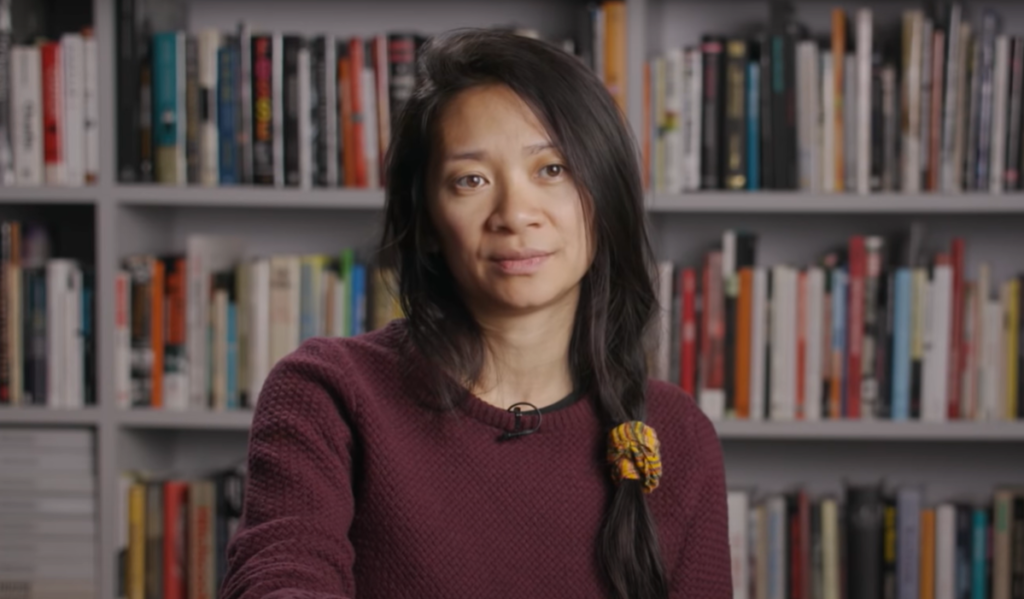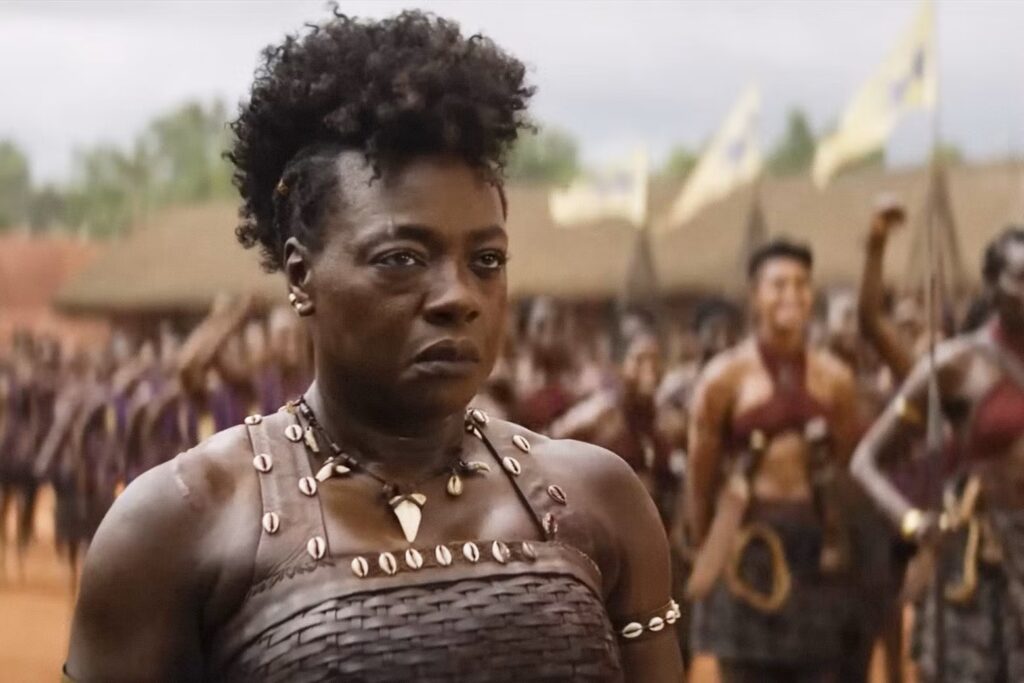The good news: the number of European feature films directed by women released in 2017 (357) was more than triple the 2003 figure (118). There are definitely more women making movies in Europe. The bad news: because the overall volume of film production (from women and men) has grown, the stats haven’t changed as much as we would like. Women helmed 15 percent of all European features in 2003, and 19 percent in 2017.
This is a story we’ve heard before, although this time it’s specific to Europe: Women are making progress in the film industry but that progress is incremental. A new study from the European Audiovisual Observatory found that, from 2003-2017, women comprised 21 percent of directors who made and released a European feature film.
During that same time period, half of those women directors helmed just one film, and less than a third made more than two movies. Forty-nine percent of female directors directed a single film, versus 40 percent of male directors. Women helmed 3,618 European films, or 17 percent of the total number of movies. The Observatory estimates that half of the women-directed films of 2017 were debut features.
The Observatory attributes the increase in female European directors to the rise in documentary filmmaking. “Documentary is the genre with the highest prevalence of female directors,” the study states. “Between 2013 and 2017, on average, 25% of documentary films were directed by women, compared to 15% for fiction and 11% for animation.”
Responsible for 18 percent of all women-directed European films from 2013-2017, France is the country with the most movies helmed by women. “However, the share of films by female directors out of the total number of films produced is higher in middle-sized production countries, topped by the Netherlands and Sweden.” Croatia and Norway had the “strongest growth both in terms of number of films and percentage share of films by female directors.”
There’s not only a directing gender gap among films being made, there’s also one present among films being seen. Movies directed by women comprised only eight percent of film admissions from 2003-2017. “A plausible explanation for this discrepancy could be that women directors are less likely to be hired to direct high-budget films,” the report notes. Women are more often hired on smaller films with limited distribution, not the bigger-budget flicks that are released everywhere.
In addition to examining the gender stats of the past 15 years, the study also reveals the best-earning women-directed European films from 2003-2017. The top slot went to Beeban Kidron’s “Bridget Jones: The Edge of Reason.” Sharon Maguire’s “Bridget Jones’s Baby,” Phyllida Lloyd’s “The Iron Lady,” Lone Scherfig’s “One Day,” and Anne Fontaine’s “Coco Before Chanel” also made the top 10.
Read the full “Female directors in European cinema” study here.







